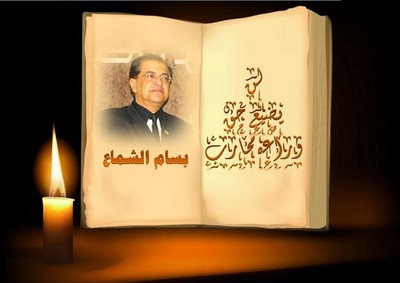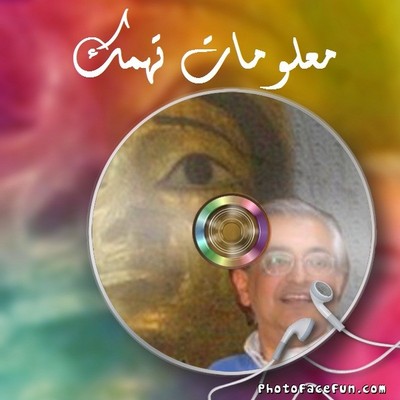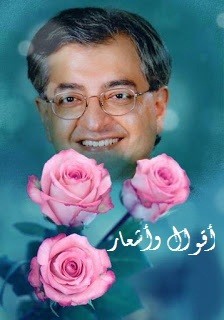
CAIRO: “The pharaohs did not have their dead bodies
mummified for the purpose of being displayed in public. They did that in order to, according to their beliefs, have their bodies preserved for the afterlife.”
Since October 2013, Egyptian archaeologist Bassam el-Shammaa has called for returning all human mummies currently exhibited in museum across Egypt to the tombs in which they were discovered. That year he launched an online campaign dubbed “Back to Eternity,” in which he appealed to Egyptian authorities to carefully re-wrap the mummies on display at the museums, place them inside their coffins once again and transport them back to rest in their tombs.
“My approach is mainly based on ethical principles, as the tomb is the place that every dead person, regardless to his religion or the belief, should be resting in tranquility,” said Shammaa.
“During the past century or so, scholars have examined several mummies for scientific purposes and in search of historical and medical information. That is enough, we know so many facts about the mummification process, and I do not think there will be more information added in the future,” said Shammaa.
The pharaohs and their entourages intended for the tombs of the deceased to be sacrosanct and never entered, he said, and cited several spells carved in chapels and door handles of tombs in the Valley of the Kings, Valley of the Queens and elsewhere, meant to scare away potential intruders.
Some of these spells say; “Death will come on swift wings to all who enter this tomb of mine and disturb me, or awake me from my eternal slumber,” and “whoever is going to violate my tomb will be eaten by the crocodile, lion and hippopotamus,” he added.
“Is that how we repay [the pharaohs] for passing on to the world their knowledge and inventions? Is that how we return the favors of these kind people who participated in our current knowledge? What a disgrace,” he added.
Archaeologist Sherif el-Sabban echoed Shammaa, saying that incantations were common in ancient Egypt and that they were made to ensure the different elements of the dead person’s being were preserved and reunited, and to protect the deceased from various hostile forces.
“The spells of the Book of the Dead, which was popular during the New Kingdom Period (1580 B.B.-1080 B.C.) listed several magical techniques and a number of spells used for magical amulets, which would protect the deceased from harm. These spells also have appeared on amulets placed into the linen-made wrappings of a mummy,” Sabban told The Cairo Post.
Resurrection was a common concept that prevailed among ancient Egyptians, who believed death is not the end, but instead a transitional stage between the physical life and the eternal. Thus, they were keen to provide their tombs with everything they used in and were also keen to keep their bodies preserved so that they could be resurrected, he said.
“It is time to show gratitude to our ancestors and to return their mummies back to their tombs as there is no point of placing them in glass showcases,” said Shamaa.
In addition to his campaign, Shammaa reached out to scholars at the Supreme Council of Islamic Affairs (SCIA); a government institution charged with issuing religious legal opinions on Islamic issues.
“In 2013, I submitted my question to SCIA and enclosed verses from Quran and Hadith supporting my theory but unfortunately, I have received no response so far,” said Shammaa.
Safety of the artifacts
Since the French campaigns in Egypt ignited a European fascination of Egyptology in the 19th century, uncounted artifacts and mummies have been unearthed from tombs, and much sent outside the country.
The exact number of mummies unearthed from Egypt is impossible to count, but the Grand Egyptian Museum displays 17 mummies of pharaohs, and 12 queens and other female members of the royal family in its separate mummies room, not counting many more displayed from the Greco-Roman period in the main halls.
The body of Tutankhamen is still housed in its tomb in Luxor, but did travel to the United States and Europe for a tour of museums in the late 1970s.
Shammaa believes that being inside sealed and guarded tombs the mummies would be much safer than in museums, given that most of these tombs are in Upper Egypt, where violence and clashes during Egypt’s three years of political turmoil was much less than Cairo.
“During the January 25 Revolution and the consequent security lapse, the Egyptian Museum in Cairo was looted, and following the dispersal of the pro-Muslim Brotherhood sit-ins at Rabaa al-Adaweya and al-Nahda squares in August 2013, over 1,000 artifacts were stolen from the Malawi National Museum,” said Shammaa who urged stakeholders to observe the proverb “Do not put all your eggs in one basket.”
During the tenure of King Farouk (1939-1952) and President Sadat (1970-1981), although no mummies were allowed to be displayed at any museum across Egypt, tourism was at its peak, said Shammaa.
“If I asked you to see view your grand-grandfather’s body years after his death, and asked you to dig him out of his resting place for a sum of money, would you agree? Please, from a man who loves the ancient history and wrote over twenty five books about it, a man who is married to Egyptology, take them back to their tombs and let them rest in peace.”













